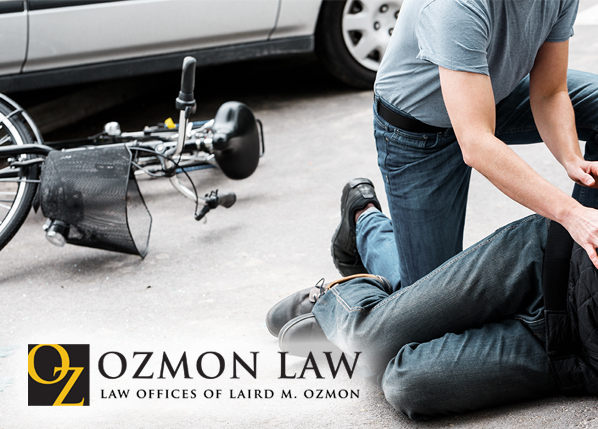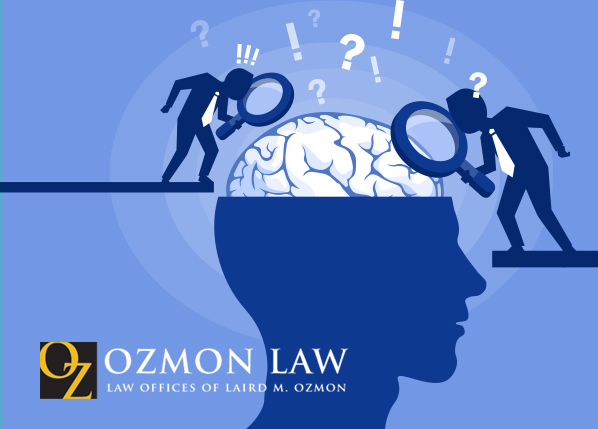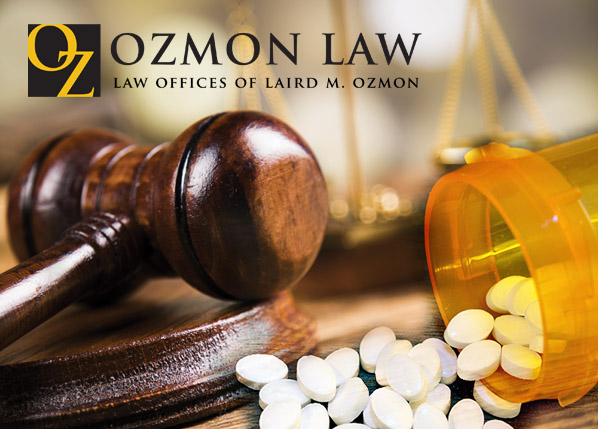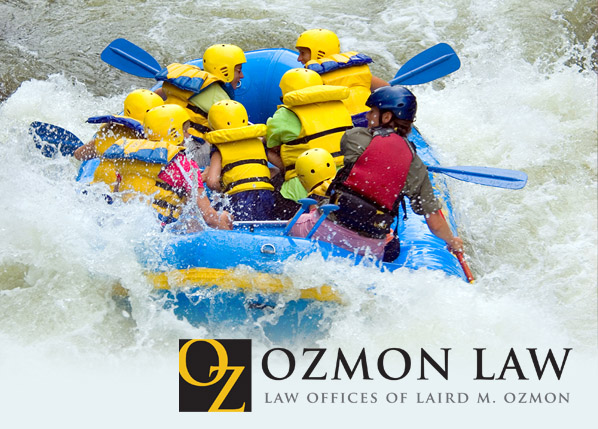Illinois Supreme Court AFFIRMS Will County Ruling Which Struck Down Fees on Foreclosures Filings
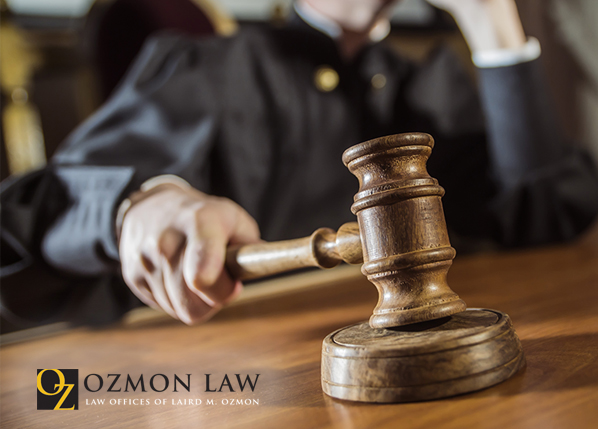
(Joliet, IL) – On June 17, 2021, the state high court declared unconstitutional sections of two laws, a revision of the Illinois Code of Civil Procedure, which governs operations of Illinois state courts, and sections of the Illinois Housing Development Act. (Reuben D. Walker, et al v. Andrea Lynn Chasteen, et al. Will County Case No. 12 CH 05275)
The state law allowed charging filing fees of $50 up to $500 in mortgage foreclosure cases to raise money to administer a statewide social welfare program intended to clean up neighborhood blight.
Attorneys Laird M. Ozmon, Daniel K. Cray and Melissa H. Dakich represented the plaintiffs in the 2012 case in which a Will County judge sided with the plaintiffs and struck down the laws as unconstitutional.
“You can’t use the courts as a cash cow to fund state projects which benefit the general public rather than specifically the court system” said attorney Laird M. Ozmon.
The state of Illinois, Cook County, and the Will County Circuit Clerk appealed the decision directly to the State Supreme Court.
The case was remanded to the circuit court in Will County to determine the exact amount of fees that were unlawfully collected by the 102 county clerk’s offices over the last ten years which could be in excess of 50 million dollars.
See the full article at cookcountyrecord.com

Attorney Laird M. Ozmon

